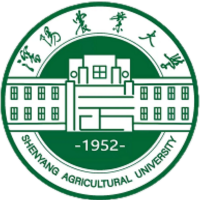分享到
The Sensitivity of Field Populations of Metopolophium dirhodum (Walker) (Hemiptera: Aphididae) to Seven Insecticides in Northern China
2021
期刊
Agronomy
作者
Peipan Gong
· Xinan Li
· Chao Wang
· Saige Zhu
· Qiuchi Li
· Yunhui Zhang
· Xiangrui Li
· Guangkuo Li
· Enliang Liu
· Haifeng Gao
· Xueqing Yang
· Xun Zhu
- 卷 11
- 期 8
- 页码 1556
- MDPI AG
- ISSN: 2073-4395
- DOI: 10.3390/agronomy11081556



